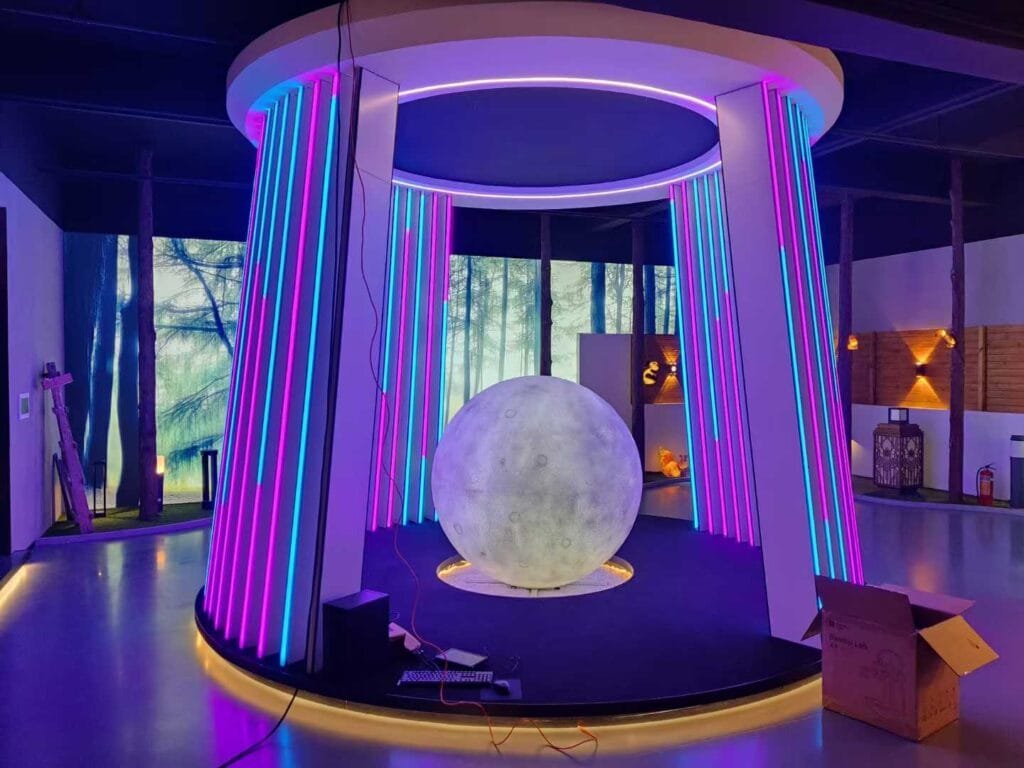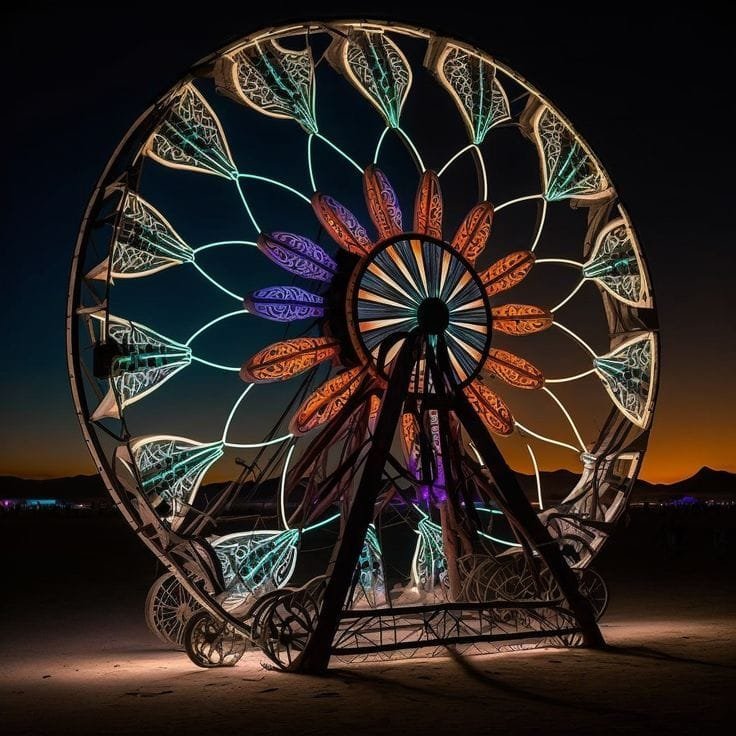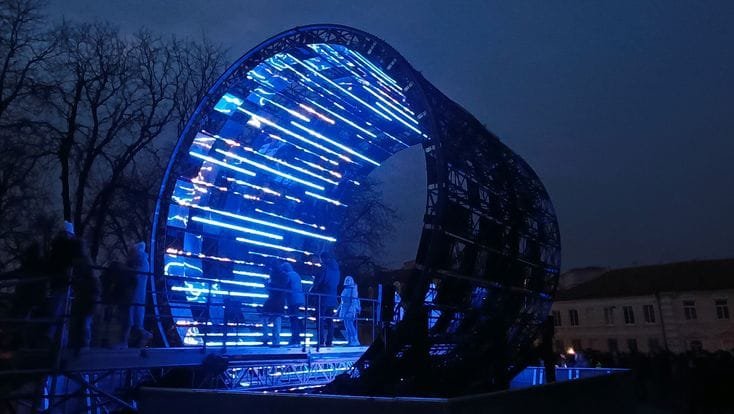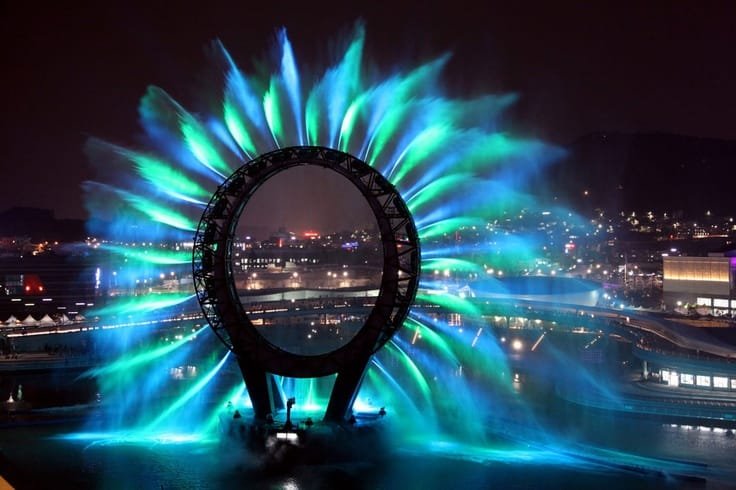Sculpture has always evolved alongside technology—from classical stone and bronze to modern resins and fiberglass. Now, digital innovation is pushing the boundaries even further, with LED and projection sculptures leading a revolution that blends light, motion, and physical form. While these two technologies take different approaches, they both expand sculpture’s expressive power: LED sculptures animate physical structures, while projection sculptures transform spaces with virtual light and shadow.
1. Dynamic Visuals Meet Static Forms
LED Sculptures: Breathing Life into Physical Art
By embedding LED screens into sculptural forms, artists break free from traditional static limitations. Through programmable displays, these works can showcase dynamic patterns, color shifts, and even real-time interactive visuals. For example, Alisn combines metal frameworks with LED modules in commercial spaces—creating sleek geometric designs by day and immersive brand narratives by night.
Projection Sculptures: Virtual Layers on Physical Art
Unlike LED sculptures, projection mapping requires no structural changes. Instead, artists cast dynamic imagery onto existing sculptures or surrounding spaces, making stone appear to ripple or abstract installations “come alive.” This flexibility allows the same sculpture to convey different meanings in varying contexts—ideal for temporary exhibits or heritage preservation.

2. Two Technologies, Endless Possibilities
LED Sculptures: Precision & Permanence
The strength of LED technology lies in “physical digitization”—each pixel’s color and brightness is meticulously controlled, making it perfect for high-impact, permanent installations. Alisn’s works, for instance, merge LED screens with metals and acrylics, resulting in high-tech mixed-media art suited for commercial and public spaces.
Projection Sculptures: Flexibility & Preservation
Projection sculptures excel in “spatial virtualization,” overlaying digital effects without altering the physical artwork. This makes them ideal for cultural heritage sites or temporary exhibitions, where traditional sculptures can be “activated” without risk of damage.

3. Commercial & Public Applications
LED Sculptures: Brand Storytelling Reinvented
In retail and commercial spaces, LED sculptures serve as dynamic branding tools. Their programmable nature allows real-time content updates—perfect for malls, airports, and flagship stores. Alisn’s custom LED solutions help brands merge art with advertising, delivering unforgettable visual experiences.
Projection Sculptures: Urban Transformation
For public spaces, projection art offers a cost-effective way to revitalize monuments and architecture. City squares can display holiday animations, while historical buildings can project weather-responsive imagery—turning static art into interactive environmental experiences.


4. Sustainability & The Future of Digital Sculpture
LED Innovations: Thinner, Greener, Brighter
Advancements like Micro-LED and flexible screens promise ultra-thin, energy-efficient modules that integrate seamlessly into sculptures.
Projection’s Eco-Advantage: Less Material, More Magic
Projection art reduces material waste—one projector can transform multiple sculptures. With AI integration, projections could auto-adjust based on environmental data, paving the way for a zero-carbon dynamic art ecosystem.
The Next Frontier: Hybrid Digital Sculpture
The future may see LED sculptures as physical canvases for projections, merging both technologies for fully immersive experiences. Imagine walking through a sculpture that shifts between physical and virtual dimensions—a true fusion of art and innovation.

Conclusion: Sculpture in the Digital Age
From “physical digitization” (LED) to “spatial virtualization” (projection), digital technology is redefining what sculpture can be. As Alisn’s work demonstrates, when art embraces technology, it transcends form—becoming an endless interplay of light, motion, and meaning.
